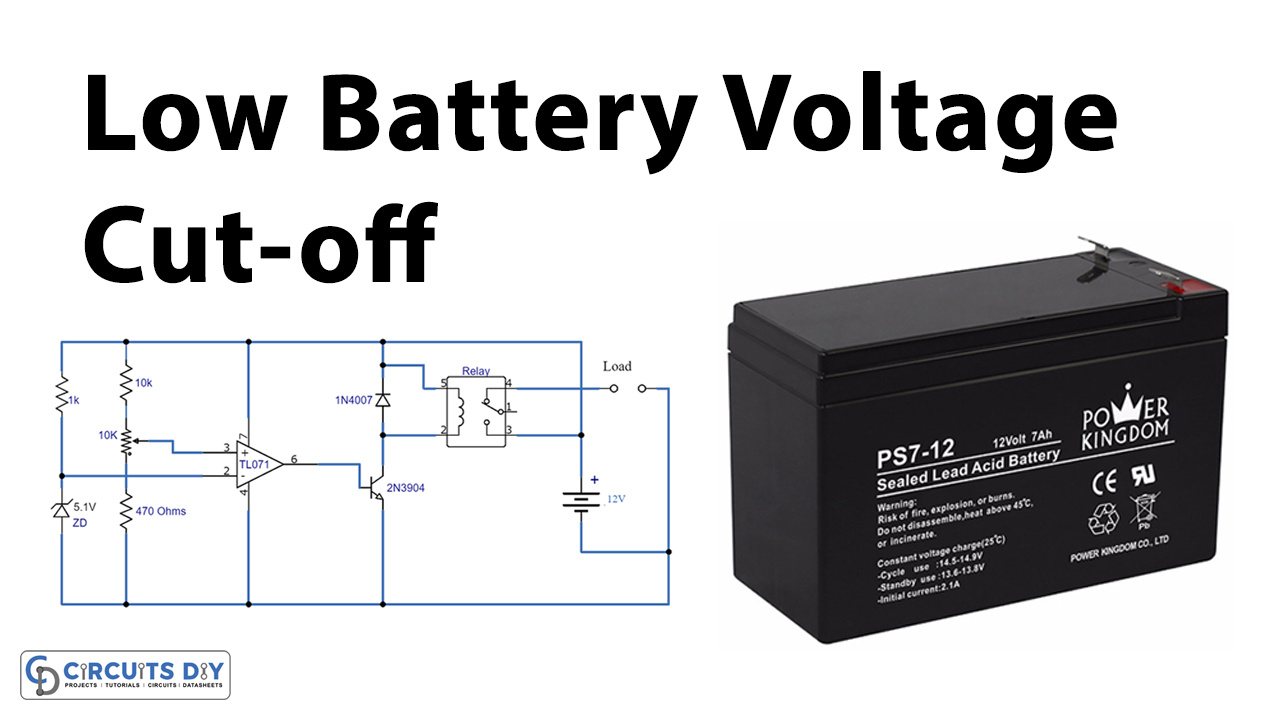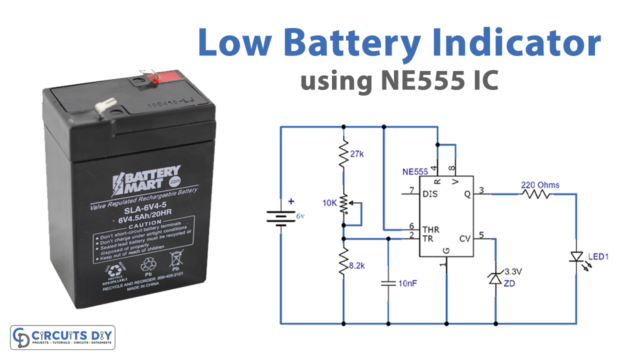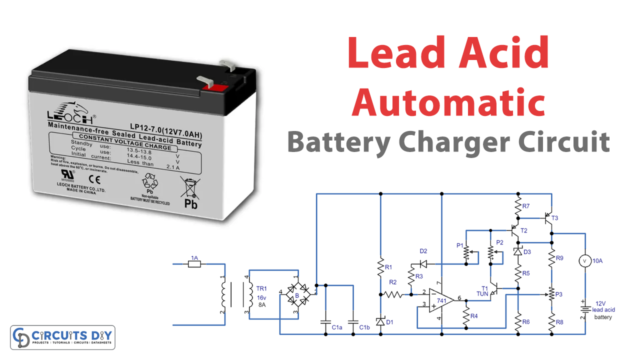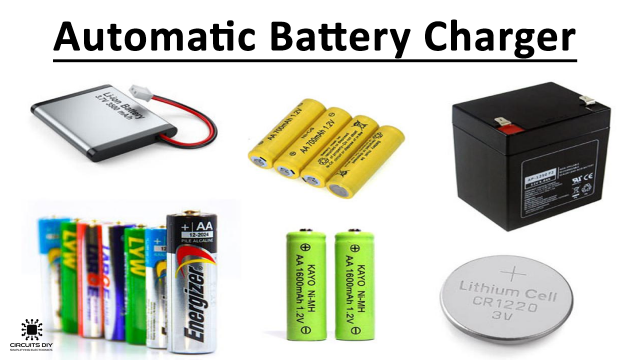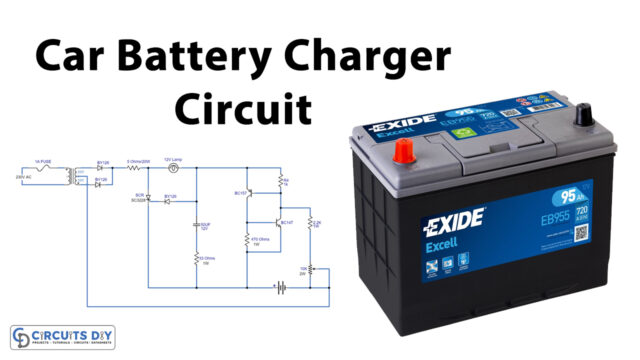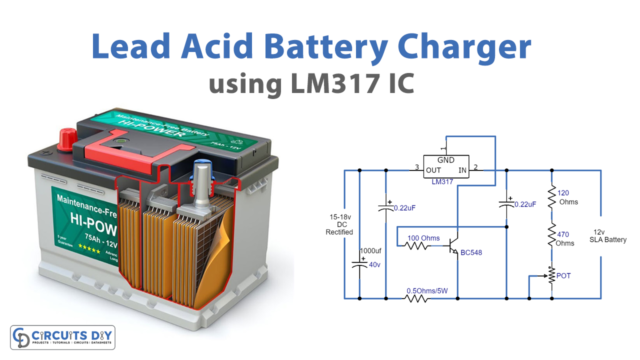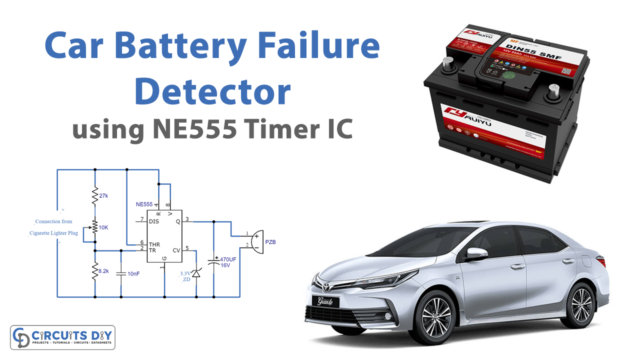Rechargeable batteries have very good efficiency and life if we look after them. There are many things to do to take good care of your rechargeable batteries that do not charge them in fast mode and don’t get them to discharge entirely. When the batteries are often fully discharged, their lives will be shortened and destroyed in a few weeks. Therefore, when your battery is weak or needs recharging it is best to remove your battery from the load.
So today we are going to discuss “Low Battery Voltage Cuttoff OR Disconnect Circuit”. The circuit shown here can do this job quite effectively by automatically measuring the voltage of the battery and removing the battery from the load on the predetermined low voltage stage of the device.
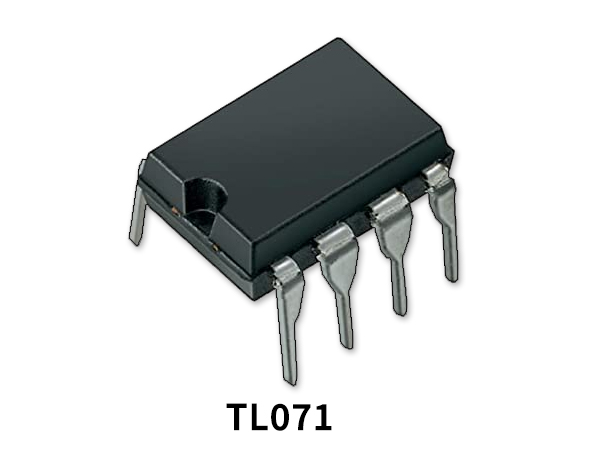
Hardware Components
The following components are required to make Low Battery Voltage Circuit
| S.no | Components | Value | Qty |
|---|---|---|---|
| 1. | Resistors | 1K, 10K, 470 ohms | 1,1,1 |
| 2. | Potentiometer | 10K ohms | 1 |
| 3. | IC | TL071 | 1 |
| 4. | Transistor | 2N3904 | 1 |
| 5. | Diode | 1N4007 | 1 |
| 6. | Battery | 12V | 1 |
| 7. | Relay switch | – | 1 |
| 8. | Zener Diode | 5.1V | 1 |
TL071 Pinout

For a detailed description of pinout, dimension features, and specifications download the datasheet of TL071
Low Battery Voltage Circuit
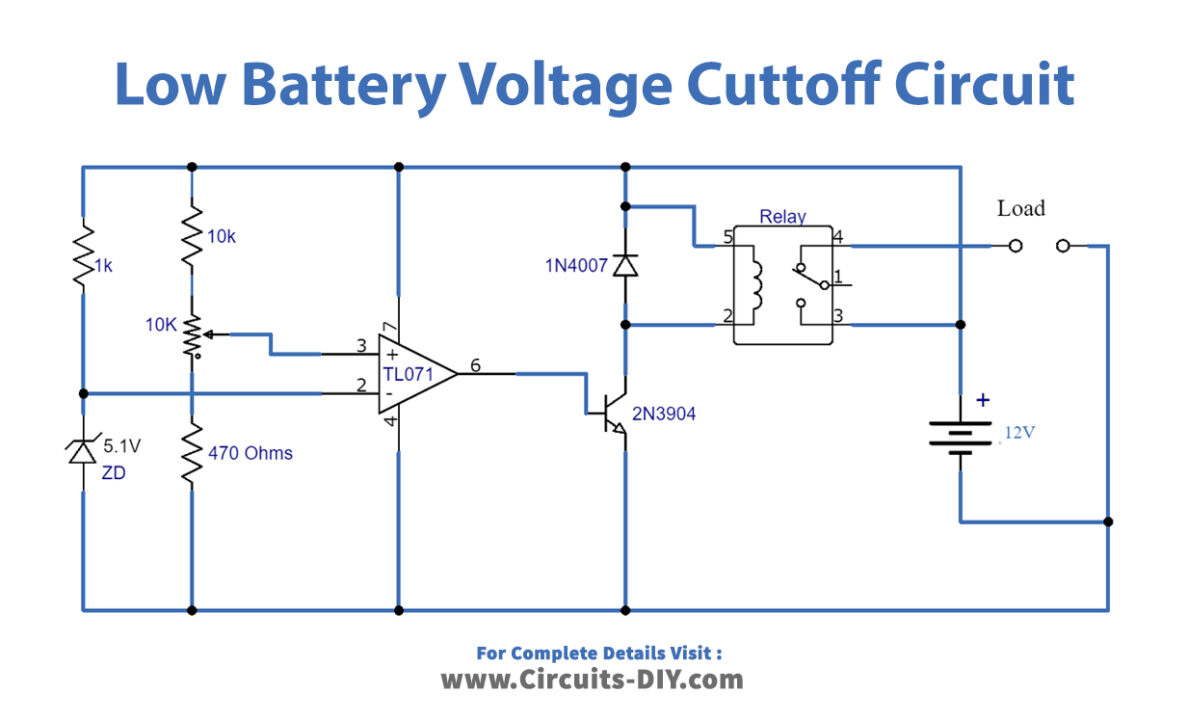
Working Explanation
The circuit core is the IC TL071 operating amplifier, which is attached here in the comparator mode. based on the type of battery voltage, the 10K variable resistor is used for the 5.1 Zener diode values. When you choose to use a 6 volts battery circuit, simply shift the Zener diode to 3.1 volts. The circuit can be used with batteries of any kind, such as 12V, 9V, 6V, 5V, etc. You just need to adjust the value of the 5.1 V Zener diode according to the form of battery voltage. For instance, if you want to use the 6 V battery circuit then just change the Zener diode value to 3.1 V.
Applications and Uses
- One of its important uses is load shedding.


